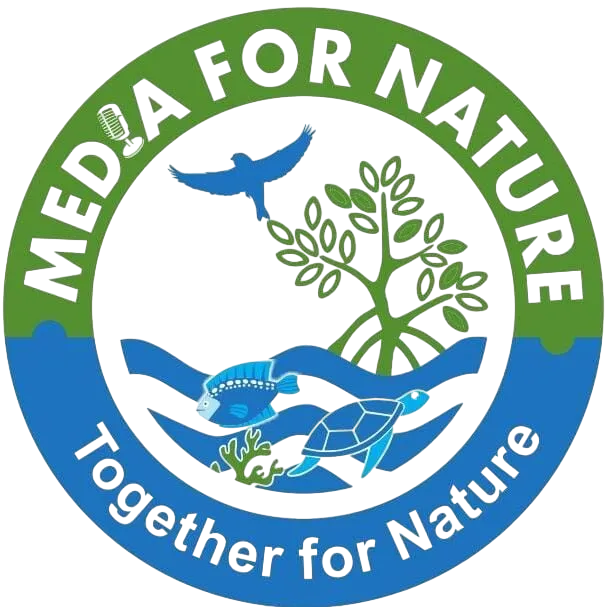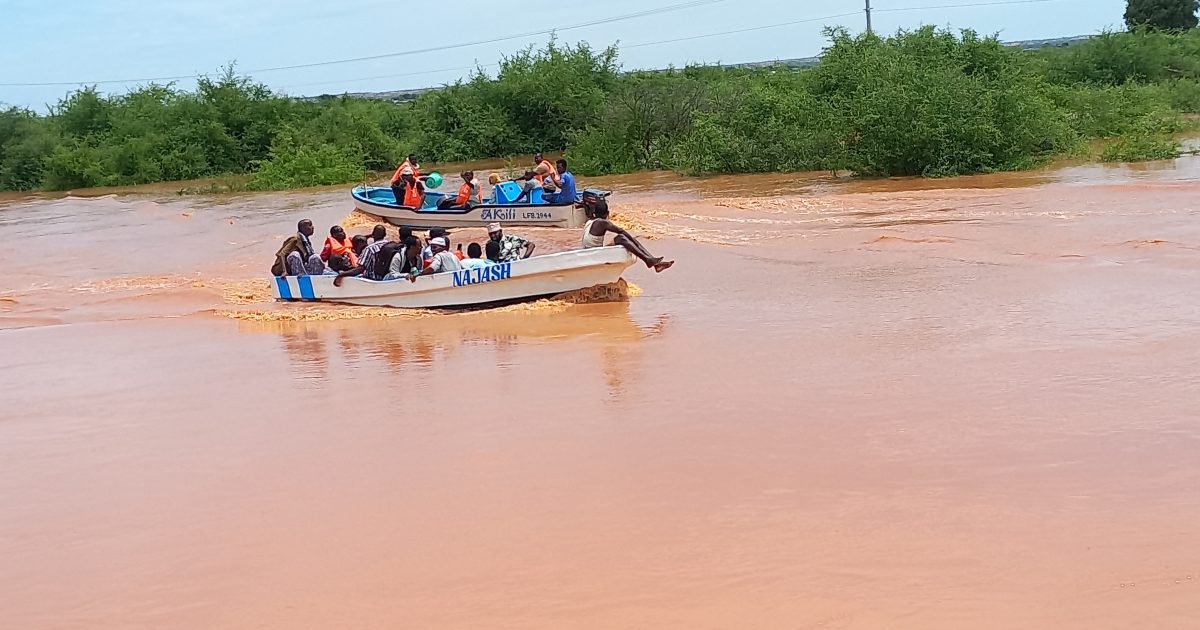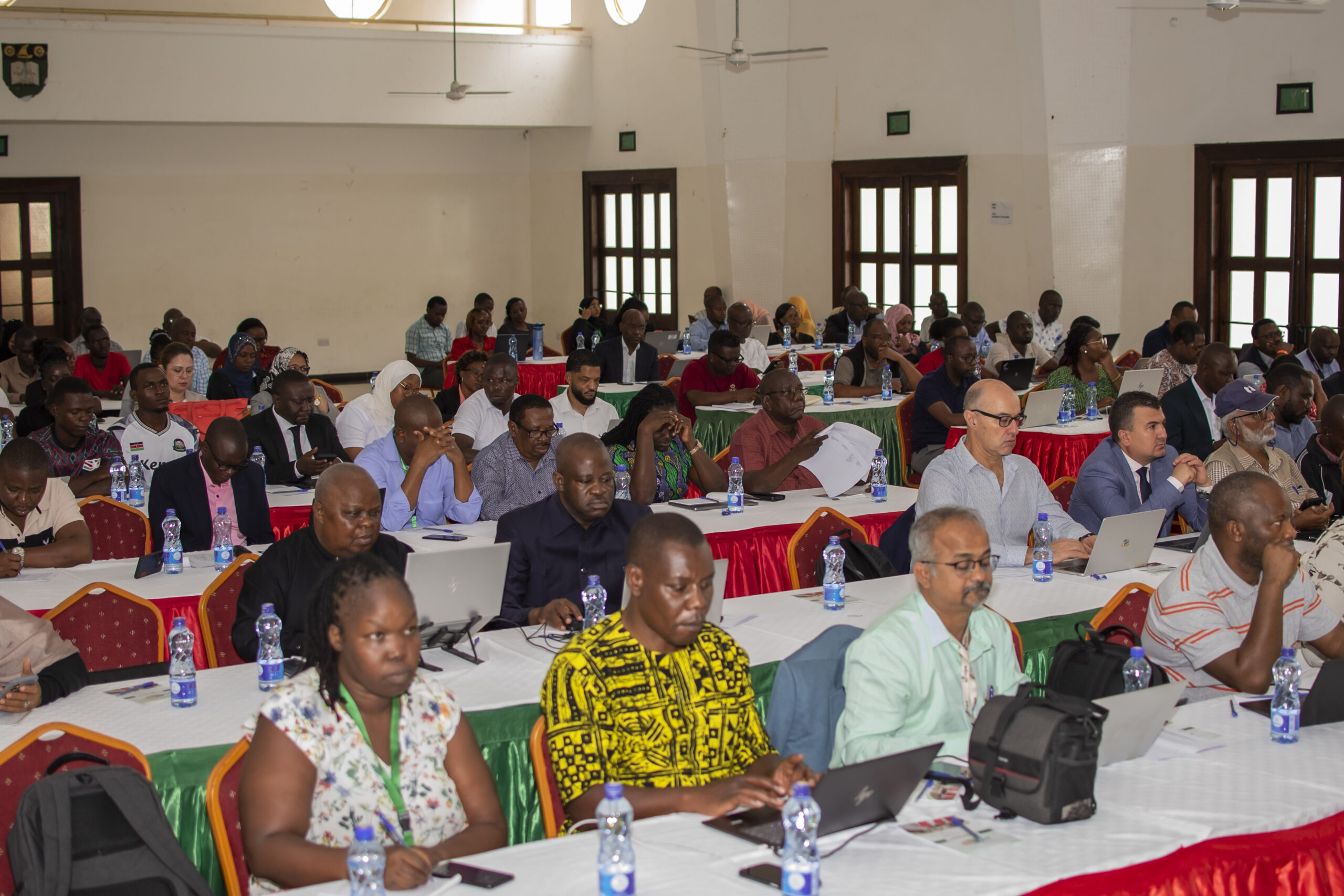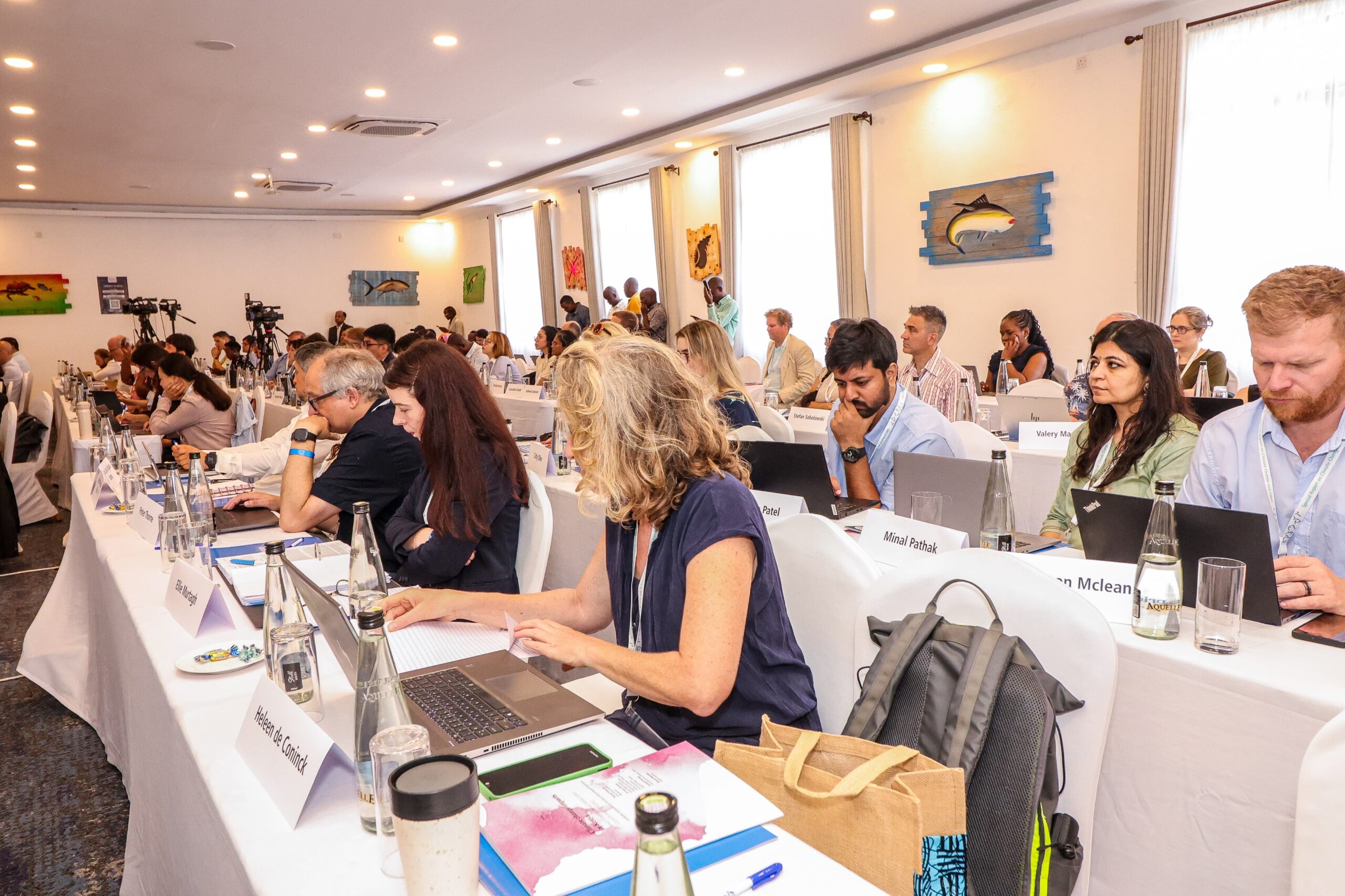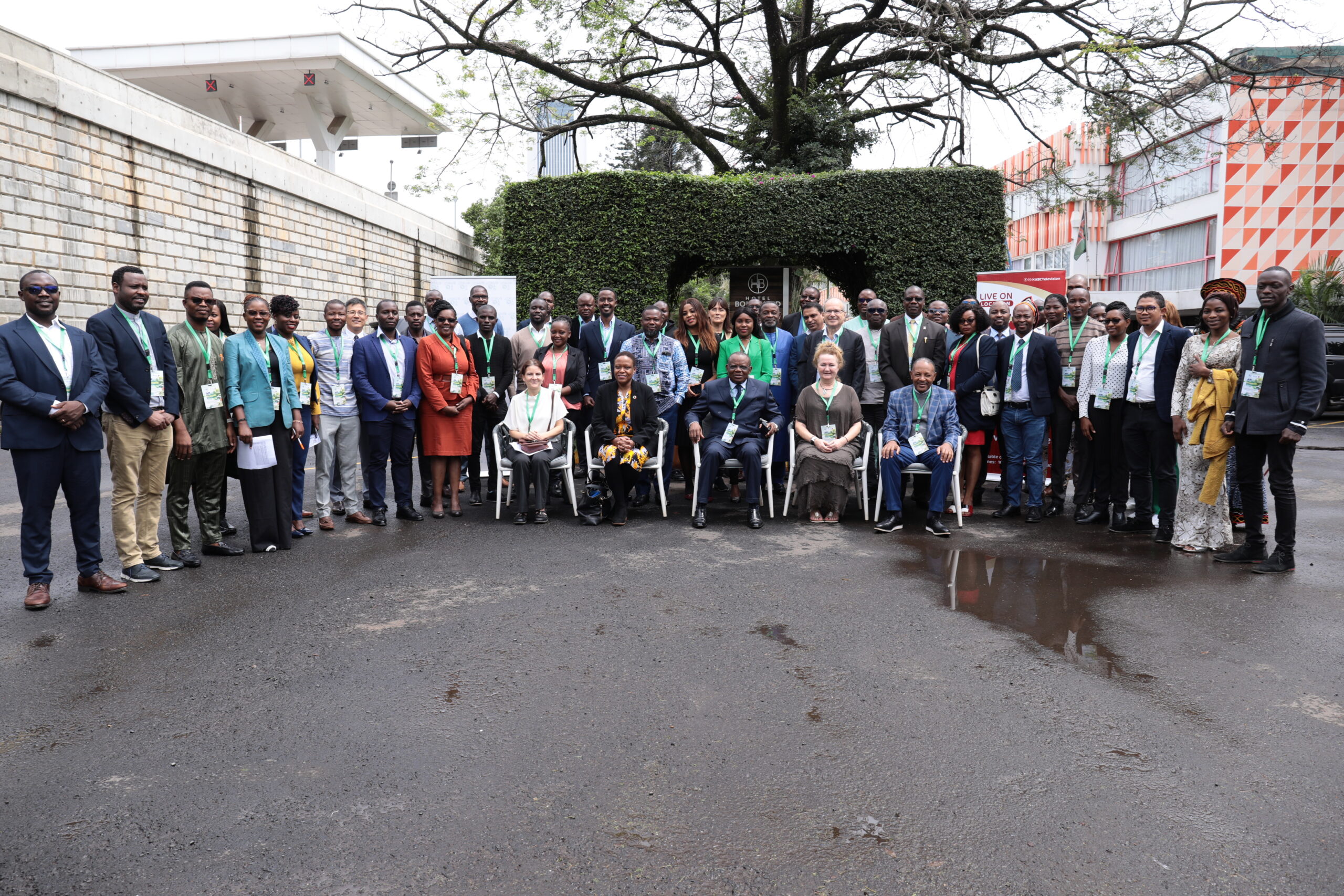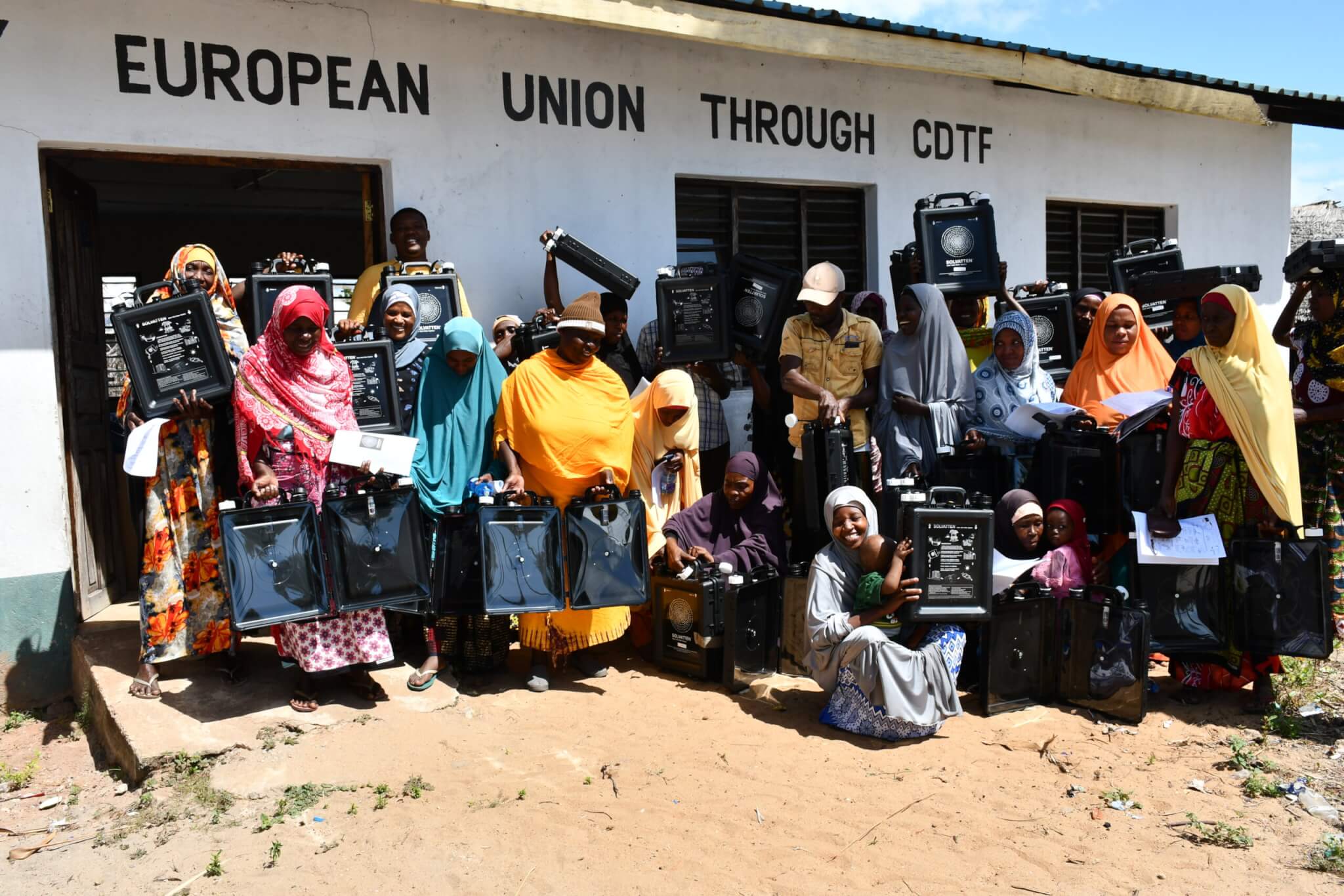Boat business owners ferry residents across the flooded villages in Tana River county during the 2024 floods. (Photo courtesy KNA)
In 2024, Kenya faced a devastating flood season that swept away homes, farms, and hopes. Heavy rains, heavier than many had ever seen, turned streets into rivers and forced thousands of families to flee for safety. The floods claimed hundreds of lives and left communities struggling to rebuild amid the wreckage.
Meanwhile, thousands of miles away in Poland, a similar story unfolded. In just three days, parts of southwestern Poland were drenched with more rain than they usually get in a whole year. Rivers overflowed, flooding towns and farms, and forcing people from their homes.
These floods were not random disasters, they were the harsh face of a changing climate, making storms stronger and more unpredictable.
For both Kenya and Poland, 2024 was a painful reminder that climate change is no longer a distant threat but a daily reality, demanding urgent action before the next flood strikes.
According to reports by the Kenya Red cross, the 2024 floods in Kenya affected a vast majority of the country, with 42 out of 47 counties impacted by heavy rains and flooding during the March-April-May long rains season.
The most severely affected counties were Nairobi, particularly informal settlements such as Mathare, Kibera, and Mukuru, which suffered extensive damage and displacement.
Other counties include Kisumu, Homa Bay, Busia, Migori, Siaya, Kakamega, Nandi and Kericho, Kajiado, Mandera, Nakuru, Tana River, and Garissa.
Mohammed Maro is a 60-year-old man from Feji village in Tana River County. He has two wives and fifteen children. Last year, heavy floods changed his life completely. The floods swept away all his crops—ten acres of maize and four acres of bananas were destroyed.
He even used a generator to water his crops before the heavy rains began, but the water was too much. He watched helplessly as all his hard work washed away. On top of that, three of his goats were lost in the floods.
Before the floods, Maro lived in Garsen, where he depended on farming to feed his large family and pay for his children’s education. But after the disaster, there was nothing left on his land.
With no other choice, Maro and his relatives moved to Feji, searching for a safe place to begin again. They went through the local chief, who allowed them to settle in the area.
Now, more than 1,000 people, neighbors, and friends who also lost their homes because of floods, live together in this new settlement. They have built new lives from scratch, but things are still difficult.
“We are now more than 1,000 people who have relocated to this area. It’s almost like a town. We even hope to get a primary school and a hospital here soon,” He said.
Maro’s children, some in university and others in high school, depend on him, but with so much lost, providing for them has been a struggle.
In Poland, the floods hit dozens of municipalities, including at least 10 towns and cities which includes Lądek Zdrój, Głuchołazy, Stronie Śląskie, Czechowice Dziedzice, Kłodzko, Nysa, Jelenia Góra, Prudnik, Bystrzyca Kłodzka, Lewin Brzeski, and Szprotawa.
The state of disaster covered around 82 river measurement stations and affected 750 municipalities overall in southwestern Poland.
The floods directly affected at least 57,000 people, 9 fatalities in Poland and hundreds displaced. Over 11,500 homes damaged and many forced to evacuate. Bridges were destroyed, roads and rail lines submerged or eroded, and schools temporarily closed.
Climate change is the long-term change in Earth’s usual weather patterns, including temperature, rainfall, and storms, that affect local, regional, and global climates over many years—usually tracked over at least 30 years.
This change is mainly caused by human activities, especially burning fossil fuels like coal, oil, and gas, which release greenhouse gases such as carbon dioxide (CO2) into the atmosphere. These gases trap heat like a blanket around the Earth, raising the planet’s average temperature.
The result is global warming, which is one part of climate change, but climate change also includes other effects like rising sea levels, melting ice caps, stronger storms, droughts, and shifts in ecosystems.
Amos Wemanya is a climate change expert working as the Responsive Campaign Lead at Greenpeace Africa.
He said disasters like floods are no longer just a problem for certain places now, both rich and poor countries suffer.
“Kenya and Poland both had floods last year. This shows that climate change is real. Even developed countries, which people once thought were safe, are now struggling with heat waves, wildfires, and floods. What this tells us is that we are living in a world experiencing significant change that does not discriminate,” he said.
According to Wamenya, “No one is cushioned” from the effects of climate change.
During and after the floods, many big challenges are normally experienced.
According to Aleksandra Kmak-Pamirska, a project manager at HumanDoc– a humanitarian organization in Poland, during the floods, it was tough to track where resources went, making sure everyone got fair support, and keeping good communication between all the groups helping out.
She said evacuating people, fixing broken roads and embankments, restoring water and electricity, and rebuilding homes all had to be done quickly under a lot of pressure.
The floods were some of the worst in decades, with more than 400 millimeters of rain falling in just three days, causing enormous damage and stress to the environment and communities.
The Poland government provided immediate cash relief, giving up to 10,000 złoty (USD 2,739.56) to each household affected, and offered reconstruction grants up to 100,000 złoty (USD 27,395.6) per property.
They also pledged 2 billion złoty (about €461 million) in funding, with more than €145 million already released to help rebuild. On top of that, the European Union donated €76 million and set aside extra funds to support the recovery.
She said many others joined in too, 14,000 soldiers were deployed to help, local volunteers worked hard filling sandbags, and humanitarian groups like CARE International and HumanDoc stepped in to provide aid.
“Even social media played a role, helping organize volunteer efforts to reach those in need,” She said.
“Despite the difficulties, the combined efforts showed how communities and governments can come together to face a crisis,” She added.
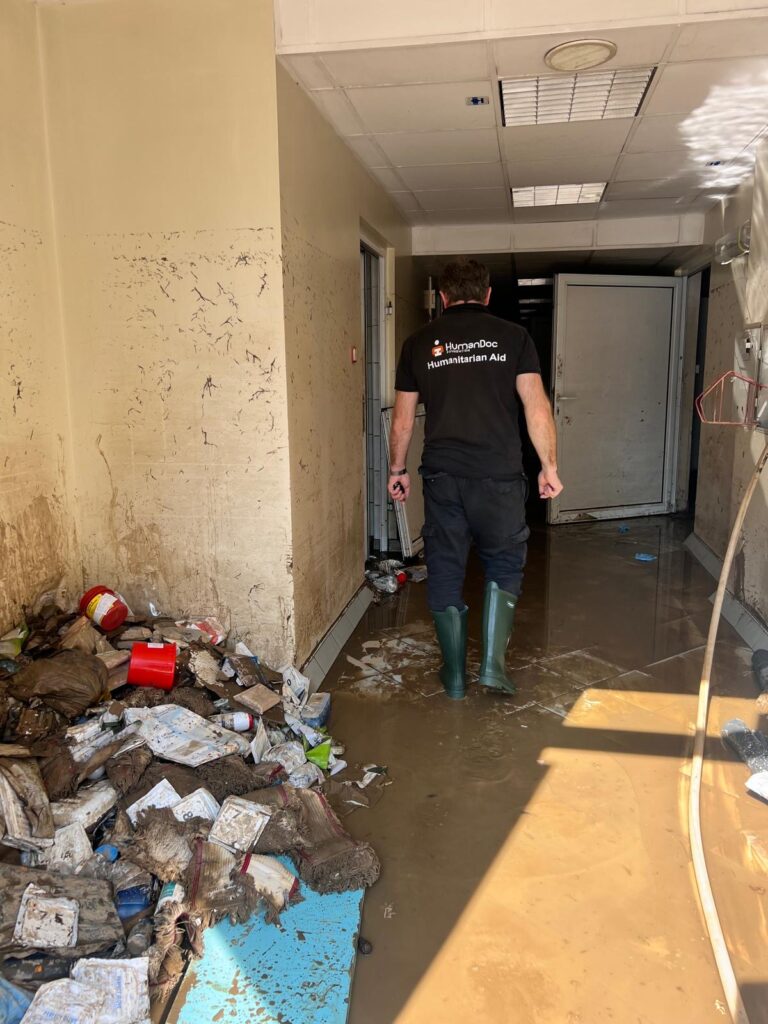
Meanwhile in Tanariver County, Kenya, Maro says he has not been able to return to the life he had before the floods. He said he tried to get help, even asking for seeds from government agricultural offices so he could start farming again in Feji, where he had been displaced but he could not get any help.
He shares, “I was advised to go to the agricultural offices to look for seeds, but when I got there, I was told that the seeds hadn’t arrived yet, so I gave up.”
Maro worries about what will happen if the floods come back. He admits he is not prepared and does not have a clear plan yet.
“To prepare well, you need a house and food, but I haven’t arranged those things because I can’t afford them. And again, what if the floods come again and wash everything away?” he asks.
According to Wemanya, the Responsive Campaign Lead at Greenpeace Africa, one big challenge in Kenya is that while the weather department often warns about possible disasters, this information sometimes doesn’t lead to real action.
Wamenya recalls last year, when early warnings from the weather service were ignored or not used well, leaving communities unprepared. He believes that having information is not enough, it must reach people in time and be used to help them prepare and stay safe.
Another issue he said is money. Kenya, like many developing countries, doesn’t have enough funds to prepare for or recover from disasters. When floods destroy roads and buildings, the government has to borrow more money to rebuild, pushing the country further into debt.
“African countries have contributed very little to the world’s carbon emissions, yet they suffer the most, developed countries, who have benefited most from pollution, should help fund climate solutions in poorer countries,” he said.
After the flooding in Poland, experts and groups like HumanDoc shared important ideas on how to do better next time.
Aleksandra Kmak-Pamirska, said one key improvement is making sure authorities and NGOs work closely together, with clear and open tracking of all the aid given to people. There is also a need to improve early warning systems, especially in flood-prone river areas like the Odra basin, so communities can prepare before the disaster hits.
Building stronger infrastructure is another priority, this means better embankments to hold back water, improved drainage systems, and roads and bridges that can withstand floods.
Helping communities get ready through training and volunteer emergency teams is also important, so people know how to act quickly and stay safe.
Experts also highlighted the growing need to adapt to climate change, as heavy rains and floods are happening more often and with greater strength.
“We must learn from these experiences and build stronger, better systems so communities can protect themselves and recover faster when floods come,” Kmak-Pamirska concluded.
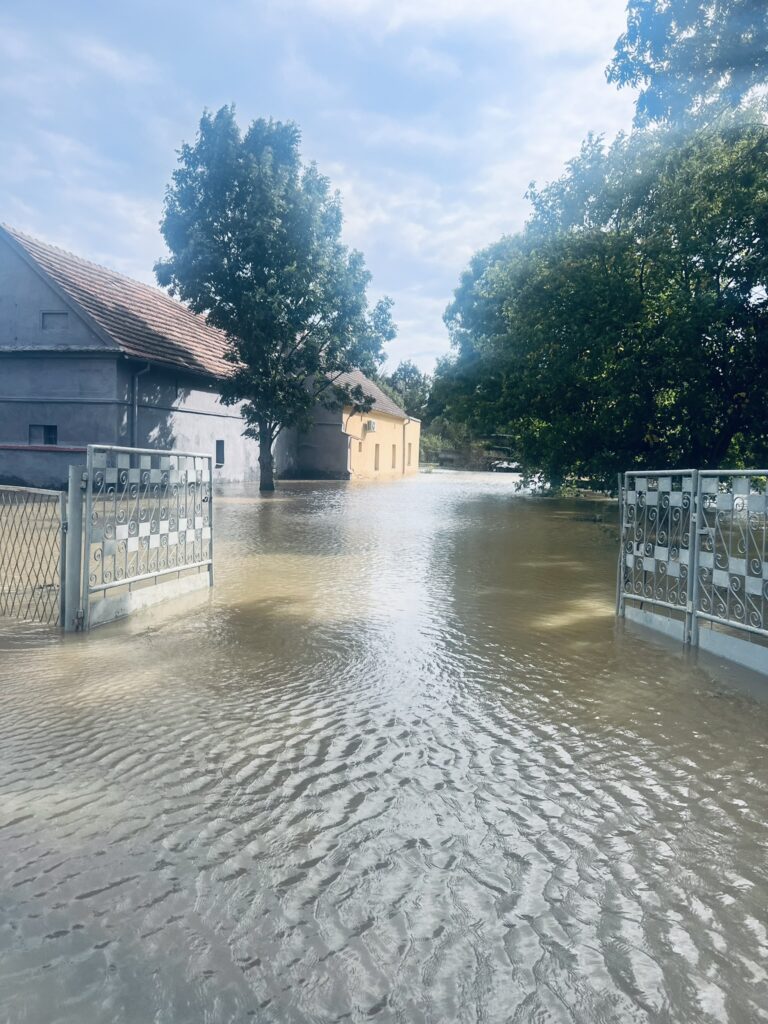
Wamenya on his part stresses that communities themselves play a key role in fighting climate change.
“Kenyan communities have faced droughts and floods for generations and already have many good ideas and practices. I believe it’s important to combine this local knowledge with modern technology to make communities more resilient.”
“Global efforts and funding should also flow directly to the communities most at risk, enabling them to use their own solutions alongside new ones,” he concluded.
For Mohammed Maro back in Feji Village, Tana River, Kenya, despite all the challenges, he remains hopeful. He prays to God for strength and says he accepts everything as God’s plan.
He wishes, however, that the government could help farmers the same way they help herders by providing new livestock and offering support like seeds or food, even if just for a month. That would help farmers like him get back on their feet one step at a time.
Public task financed by the Ministry of Foreign Affairs of the Republic of Poland within the grant competition “Public Diplomacy 2024-2025 – the European dimension and countering disinformation”
